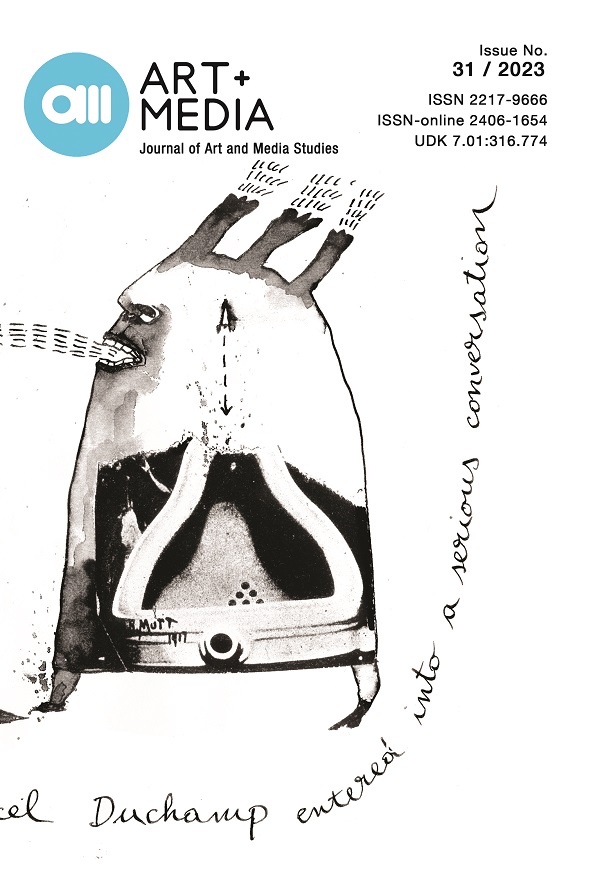How Male Gaze Can Influence the Perception of Art Pieces from the Psychiatric Art Collection of the Hungarian Academy of Sciences? (Case Study)
How Male Gaze Can Influence the Perception of Art Pieces from the Psychiatric Art Collection of the Hungarian Academy of Sciences? (Case Study)
Author(s): Judit FaludySubject(s): Theory of Literature, Sociology of Art
Published by: Fakultet za medije i komunikacije - Univerzitet Singidunum
Keywords: femme-fatale; identity; being a woman outsider artist; male gaze; PsyArt Collection of the Hungarian Academy of Sciences
Summary/Abstract: The objective of this paper is to comprehend the environmental impact, specificallythe influence of the psychiatric institution, on a work of art created within the context ofpsychiatric treatment. Additionally, the paper focuses on exploring the artwork’s impact onthe viewer, and examining how we perceive these drawings – whether as neutral observers orthrough a sexualized lens. The intention is to present a collection of artworks produced by a femalepatient during her hospitalization in the 1950s and 1960s at the National Institute of Psychiatryand Neurology in Budapest. For the purposes of this study, the artist has been given thepseudonym “Antonia”, as her identity is only known within the institutional records throughher marital status, identification by her husband’s name, and an approximate age at the timeof admission. Antonia’s drawings depict women engaged in various everyday situations, suchas enjoying an elegant dinner or dancing, and also include portraits of a young, attractive,and sexually appealing individual. When interpreting these drawings, it is impossible to avoidbeing influenced by the perspective from which the figures, seemingly vulnerable and exposedeven in their elegant attire, offer their creator a glimpse into their emotions, anxieties, andfears. The aim of this study is to demonstrate that, even in contemporary times, decades aftertheir creation, when approached from the perspectives of art history, psychology, and sociology,these drawings can only be accessed through the patriarchal lens that initially categorizedthem as part of the museum canon and included them in the collection during their respectiveera. Departing from this foundational standpoint proves to be a challenging endeavor.
Journal: AM Časopis za studije umetnosti i medija
- Issue Year: 2023
- Issue No: 31
- Page Range: 83-99
- Page Count: 17
- Language: English

